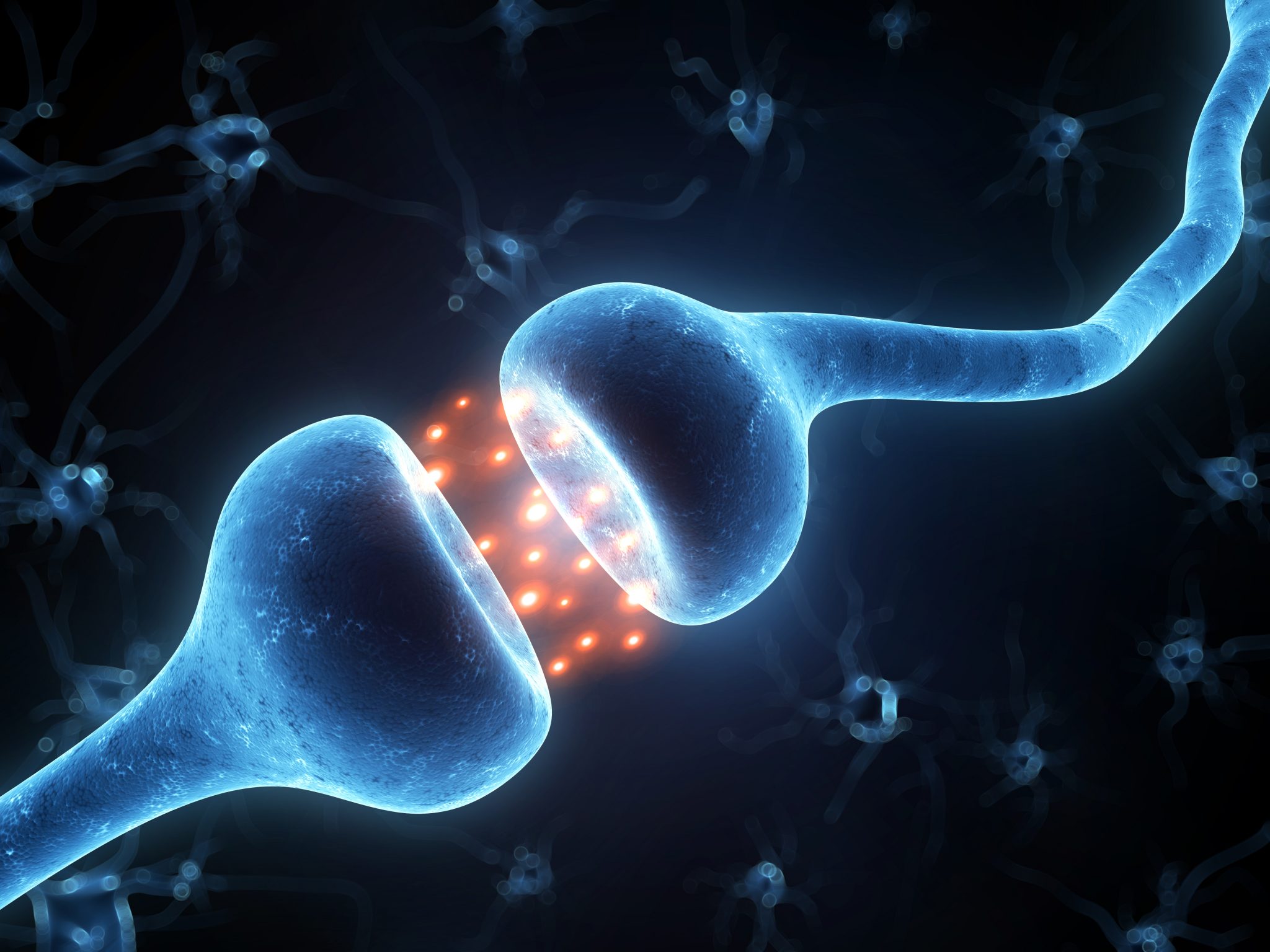Introduction
The human body is equipped with a complex system known as the endocannabinoid system (ECS), which plays a crucial role in maintaining balance and homeostasis. At the core of this system are cannabinoid receptors, specialized proteins found throughout the body that interact with cannabinoids, including those produced internally (endocannabinoids) and those derived from external sources (phytocannabinoids). In this comprehensive guide, we will explore the fascinating world of cannabinoid receptors, their functions, and the implications for our overall well-being.
Understanding the Endocannabinoid System (ECS)
1.1 Definition and Components:
- Overview of the ECS, its components, and its role in regulating various physiological processes.
- Explanation of endocannabinoids, enzymes, and receptors as key components of the ECS.
1.2 The Role of Cannabinoid Receptors
- Introduction to cannabinoid receptors as the primary targets of endocannabinoids and phytocannabinoids.
- Discussion of the two main types of cannabinoid receptors: CB1 and CB2 receptors.
CB1 Receptors
2.1 Distribution and Localization:
Explanation of the widespread distribution of CB1 receptors in the central nervous system (CNS).
- Discussion of the specific regions of the brain where CB1 receptors are highly concentrated.
2.2 Functions and Effects
- Exploration of the diverse functions of CB1 receptors, including modulation of pain, memory, mood, appetite, and motor control.
- Examination of the effects of CB1 receptor activation and its implications for various physiological and psychological processes.
2.3 Clinical Significance
- Discussion of the potential therapeutic applications of CB1 receptor modulation in the treatment of pain, neurodegenerative disorders, and mental health conditions.
- Overview of research studies and clinical trials investigating CB1 receptor-targeted therapies.
CB2 Receptors
3.1 Distribution and Localization:
- Explanation of the distribution of CB2 receptors primarily outside the CNS, including immune cells, peripheral tissues, and organs.
- Discussion of the role of CB2 receptors in regulating immune response and inflammation.
3.2 Functions and Effects
- Exploration of the functions of CB2 receptors in modulating immune response, inflammation, and pain perception.
- Examination of the effects of CB2 receptor activation and its implications for immune system regulation and disease management.
3.3 Clinical Significance
- Discussion of the potential therapeutic applications of CB2 receptor modulation in the treatment of inflammatory and autoimmune disorders.
- Overview of research studies and clinical trials investigating CB2 receptor-targeted therapies.
Other Cannabinoid Receptors:
4.1 TRPV1 Receptors:
- Introduction to the transient receptor potential vanilloid 1 (TRPV1) receptors, which also interact with cannabinoids.
- Explanation of the role of TRPV1 receptors in pain perception and the potential for cannabinoid modulation.
4.2 GPR55 Receptors:
- Overview of the G protein-coupled receptor 55 (GPR55), another receptor that interacts with cannabinoids.
- Discussion of the potential implications of GPR55 receptor activation in various physiological processes.
The Endocannabinoid System and Health:
5.1 Homeostasis and Balance:
- Explanation of how the ECS helps maintain balance and harmony in the body’s systems.
- Discussion of the implications for overall health and well-being.
5.2 Modulating the Endocannabinoid System:
- Exploration of strategies to support and optimize the ECS, including lifestyle factors, exercise, and nutrition.
- Overview of ph
ytocannabinoid supplementation as a potential approach to modulating the ECS.
Clinical Applications of Cannabinoid Receptor Activation:
6.1 Pain Management:
- Discussion of the role of cannabinoid receptors in pain perception and the potential for cannabinoid-based therapies in pain management.
- Overview of research studies and clinical trials investigating the use of cannabinoids for pain relief.
6.2 Neurological Disorders:
- Examination of the potential benefits of cannabinoid receptor activation in neurological conditions such as epilepsy, multiple sclerosis, and Parkinson’s disease.
- Overview of current research and evidence supporting the use of cannabinoids in the treatment of neurological disorders.
6.3 Mental Health Conditions:
- Exploration of the role of cannabinoid receptors in mood regulation and the potential use of cannabinoids in the management of anxiety, depression, and PTSD.
- Discussion of research findings and clinical trials related to cannabinoids and mental health.
6.4 Inflammation and Autoimmune Disorders:
- Explanation of how cannabinoid receptors influence the immune response and inflammation.
- Overview of the potential therapeutic applications of cannabinoids in managing inflammatory and autoimmune conditions.
Regulation of Cannabinoid Receptors:
7.1 Endocannabinoid Tone:
- Definition and explanation of endocannabinoid tone, which refers to the balance of endocannabinoid levels in the body.
- Discussion of factors that can influence endocannabinoid tone, including diet, stress, and exercise.
7.2 Cannabinoid Receptor Modulation:
- Exploration of strategies to modulate cannabinoid receptors, including the use of phytocannabinoids, synthetic cannabinoids, and other compounds.
- Overview of the importance of finding the right balance and avoiding excessive activation or desensitization of cannabinoid receptors.
Future Directions and Research:
- Discussion of ongoing research efforts to further understand the roles and functions of cannabinoid receptors.
- Exploration of potential advancements in cannabinoid-based therapies and the development of selective cannabinoid receptor modulators.
Conclusion
The study of cannabinoid receptors and their functions has shed light on the fascinating world of the endocannabinoid system. Understanding how cannabinoid receptors interact with cannabinoids and influence various physiological processes opens up new possibilities for therapeutic applications in areas such as pain management, neurological disorders, mental health, inflammation, and more. As research continues to unfold, it is important to stay informed about the latest findings and advancements in cannabinoid receptor science to harness the full potential of these fascinating compounds.
- Comprehensive Guide on the Benefits of Apple Cider Vinegar Supplements - November 8, 2023
- Comprehensive Guide on the Benefits of Taurine Nootropics - November 8, 2023
- Cannabinoid Receptors and Their Functions - June 8, 2023





